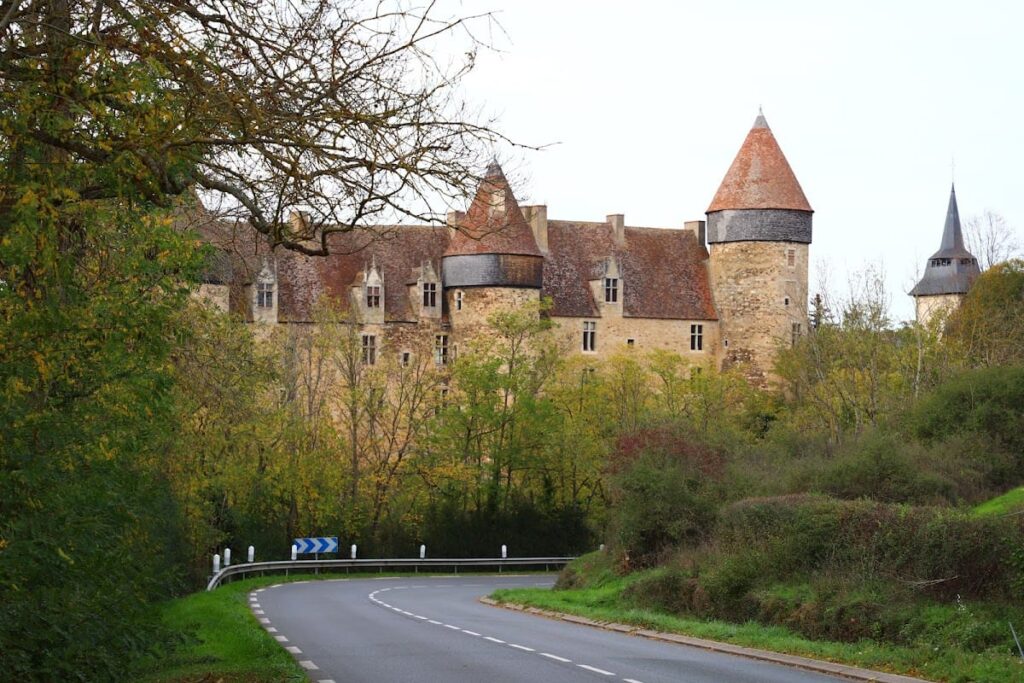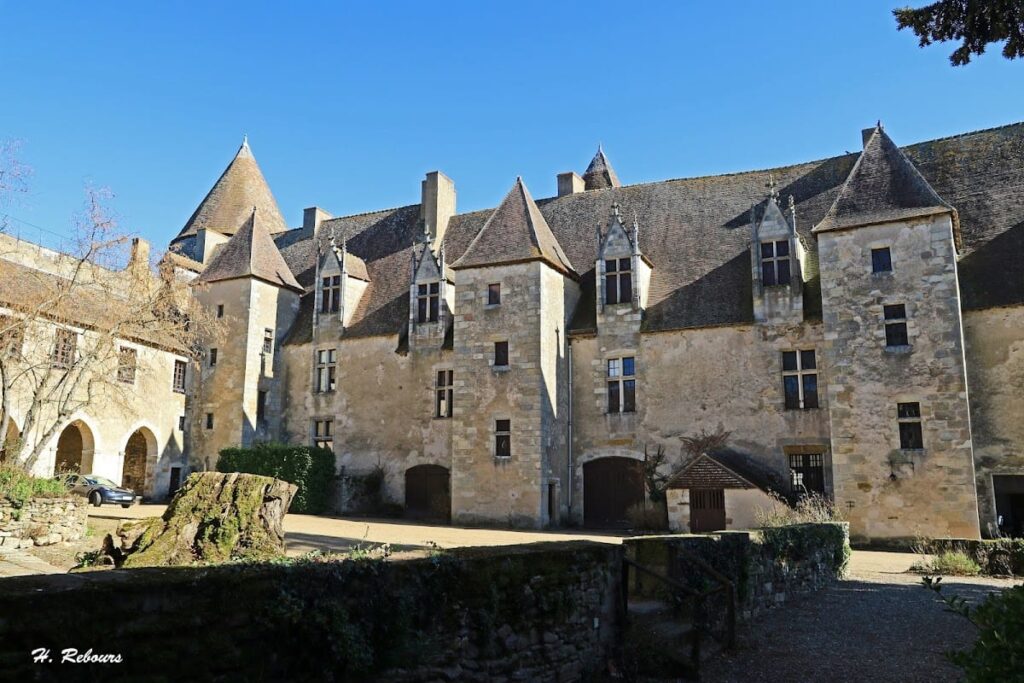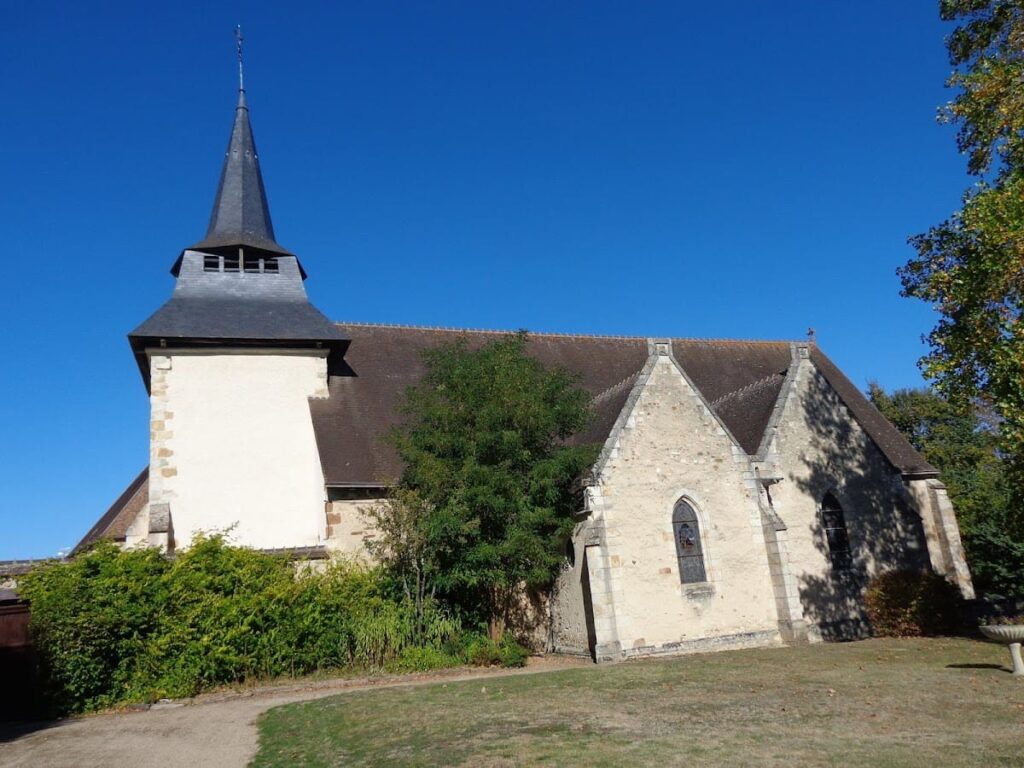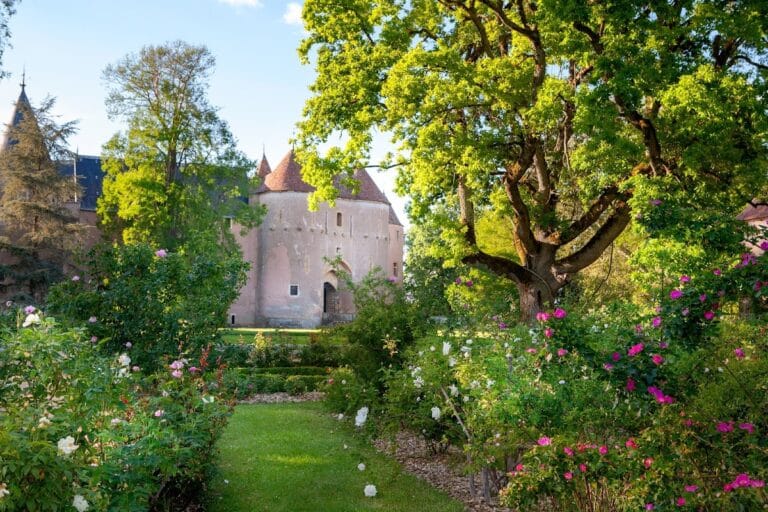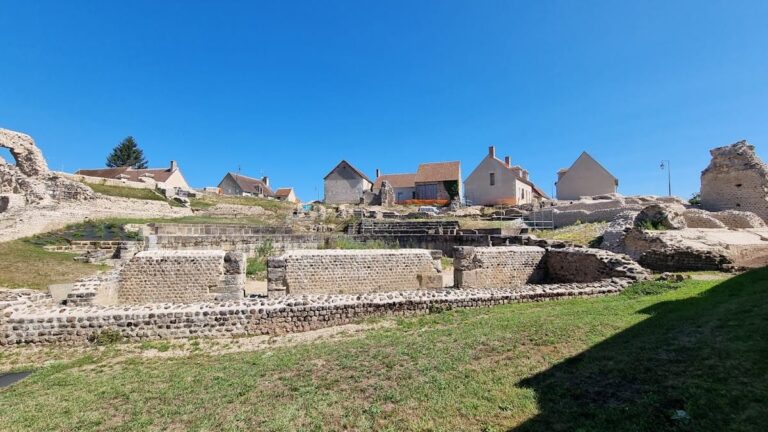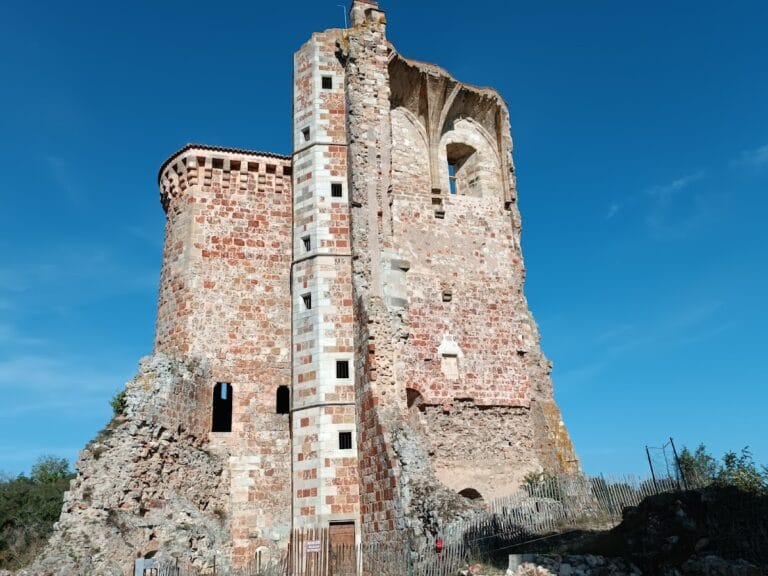Castle of Culan: A Historic Fortress in Centre-Val de Loire, France
Visitor Information
Google Rating: 4.3
Popularity: Low
Google Maps: View on Google Maps
Country: France
Civilization: Medieval European
Remains: Military
History
The Castle of Culan is situated in the commune of Culan, within the Cher department of the Centre-Val de Loire region in France. It occupies a strategic rocky promontory overlooking the Arnon river valley, a site recognized for its natural beauty. The earliest known fortress here was a wooden structure built before the 10th century by local medieval builders, though its exact founders remain undocumented.
This initial wooden fortress was destroyed during the 10th century. A second castle, constructed presumably in stone, faced siege and demolition in 1188 by King Philip II Augustus, reflecting the turbulent power struggles of the period. Following this, construction of the current stone castle began in the late 12th or early 13th century. Building work continued intermittently until the 15th century, incorporating defensive and residential elements.
In the 15th century, the castle was associated with Admiral Louis de Culant, a notable figure who lived from 1360 to 1444. The fortress also hosted Joan of Arc in 1429 and King Louis XI in 1465, marking its role in significant historical events. Later, from 1614 to 1621, Maximilien de Béthune, Duke of Sully, owned the castle, followed by the Prince of Condé until his death in 1646.
During the civil unrest known as the Fronde in 1651, Cardinal Mazarin ordered the partial destruction of the castle’s upper donjon (keep), sections of its ramparts, and the entrance châtelet (gatehouse). In 1663, the Prince of Conti sold the estate to Michel Le Tellier de Chaville, Marquis of Barbezieux. His descendants, including the Harcourt and Croÿ families, maintained ownership until the French Revolution.
The Revolution led to the division of the castle lands among several families, and the fortress was sold as national property. In the 19th century, the castle belonged to Félix Legrand, an advocate and mayor who died in 1893. His son, Philippe-Ernest Legrand, a professor of Hellenistic studies, inherited it and held it until 1953.
The castle’s facades and roofs were officially recognized as historic monuments in 1926 and received full classification in 1956. Between 1950 and 1980, owner Jean Ferragut undertook extensive restoration and organized art exhibitions on the premises. More recently, the castle passed through the hands of Jean-Pierre Marquis and his son Édouard Marquis, who continued restoration efforts. It was later acquired by Claude Aguttes, an auctioneer.
Throughout its history, the Castle of Culan welcomed several distinguished visitors, including Madame de Sévigné, novelist George Sand accompanied by composer Frédéric Chopin, and scholar Ernest Renan, underscoring its cultural significance over the centuries.
Remains
The Castle of Culan is built on a rocky spur that provides a natural defensive advantage overlooking the Arnon valley. Its layout forms a quadrilateral defensive enclosure, though today only the main residential building, known as the corps de logis, remains intact along the ravine’s edge.
The corps de logis is flanked by three towers, each equipped with wooden hoardings, or hourds. These are wooden galleries projecting from the walls, allowing defenders to drop stones or other projectiles on attackers below. This feature is rare and well-preserved at Culan. Three rectangular staircases extend inward from the towers toward the courtyard.
Inside, the castle contains monumental fireplaces dating from the 15th century, reflecting the period’s domestic architecture. Renaissance influences appear in the form of mullioned windows and a gallery added in 1619 against the north curtain wall, blending defensive and residential styles.
The original defensive walls surrounding three sides of the courtyard survive only as foundation remains. These foundations now serve as boundaries for garden spaces. The upper part of the donjon and sections of the ramparts were destroyed in 1651 during the Fronde, leaving the fortress partially reduced.
The wooden framework of the Notre-Dame tower suffered partial damage from a lightning strike in 1722, indicating ongoing maintenance challenges. In 1995, medieval-style gardens were established at the base of the castle slope. These gardens feature enclosed beds bordered with boxwood, cultivating seasonal flowers, medicinal herbs, fruit trees, and ancient rose varieties, reflecting medieval horticultural traditions.
Surrounding the castle, the park is designed in the English landscape style. It includes mature trees such as lindens, oaks, maples, and plane trees lining broad avenues, complementing the historic setting and enhancing the site’s natural beauty.
